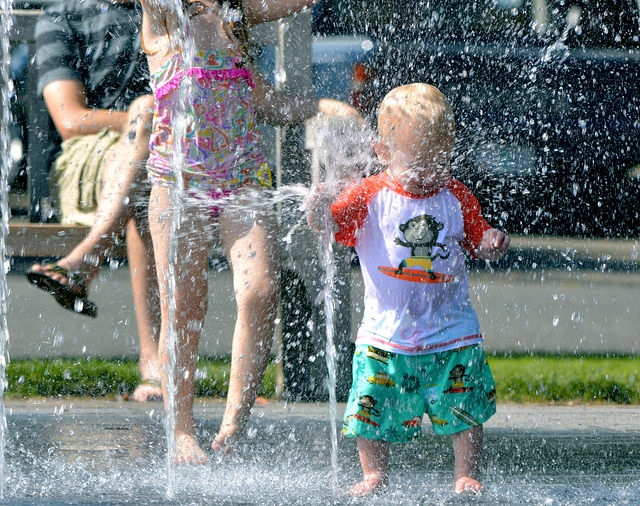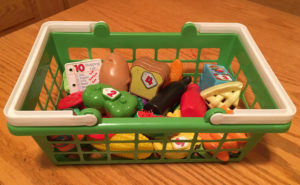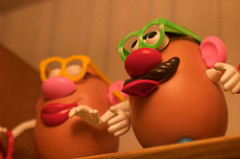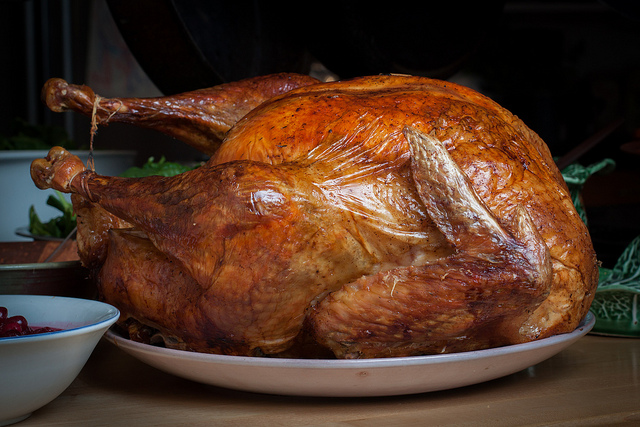Do you sometimes wonder what people celebrate on March 17th, St. Patrick’s day?
Adults and children all over the country dress up in green, wear green jewelry and Virginia Beach hosts the Shamrock Marathon on St. Patrick’s day, but WHY? 
On March 17th, we celebrate Saint Patrick, patron saint of Ireland, born in the 4th century in Britain; he was kidnapped when he was 16 and taken to Ireland as a slave. St. Patrick managed to escape slavery and converted the Irish to Christianity. He established many churches and schools before his death in 461.
The Irish people celebrate his day with religious services and feasts.
Immigrants, especially to the US, transformed St. Patrick’s Day into a a largely secular holiday, a celebration of Irish things. We celebrate with large parades specially in cities with a large Irish population, Chicago dyes it’s river green.
We have a GREAT St. Patrick’s day parade in Ocean View, Norfolk that will take place on Saturday, March 16th and starts at 10 AM. You should check it out if you get a chance.
The Shamrock Marathon will take place on Sunday, March 17th and end at the Ocean Front and ends with a fun celebration.
Common Food for St. Patrick’s day is Irish Stew, Corned Beef and cabbage, sometimes even Beer or Starbucks drinks are dyed green!!
Photo: Max Talbot-Minkin

 We live in a time of constant sharing through social media. We often share pictures, plans of somewhere we are going or rants about problems, without thinking much about who will see it and what could be the consequences.
We live in a time of constant sharing through social media. We often share pictures, plans of somewhere we are going or rants about problems, without thinking much about who will see it and what could be the consequences.

 What is Daylight Saving Time?
What is Daylight Saving Time?


 Homesickness can be a problem during the holidays, even if it hasn’t been at any other time of the year. Au pairs often miss their friends and family, familiar places and their own traditions and customs. The holiday activities in the United States seem, and may actually be, different just at a time when an au pair would welcome something familiar.
Homesickness can be a problem during the holidays, even if it hasn’t been at any other time of the year. Au pairs often miss their friends and family, familiar places and their own traditions and customs. The holiday activities in the United States seem, and may actually be, different just at a time when an au pair would welcome something familiar. 